When you think of the Masai Mara, the usual suspects often come to mind: lions, leopards, cheetahs, elephants, and of course, the Great Migration. Don’t get me wrong, those are all amazing animals and exciting events, but if you step back and take a closer look, you’ll see that the Mara is not just a stage for big cats and crazy sightings, but also home to the true unsung heroes of the savanna, the antelopes.
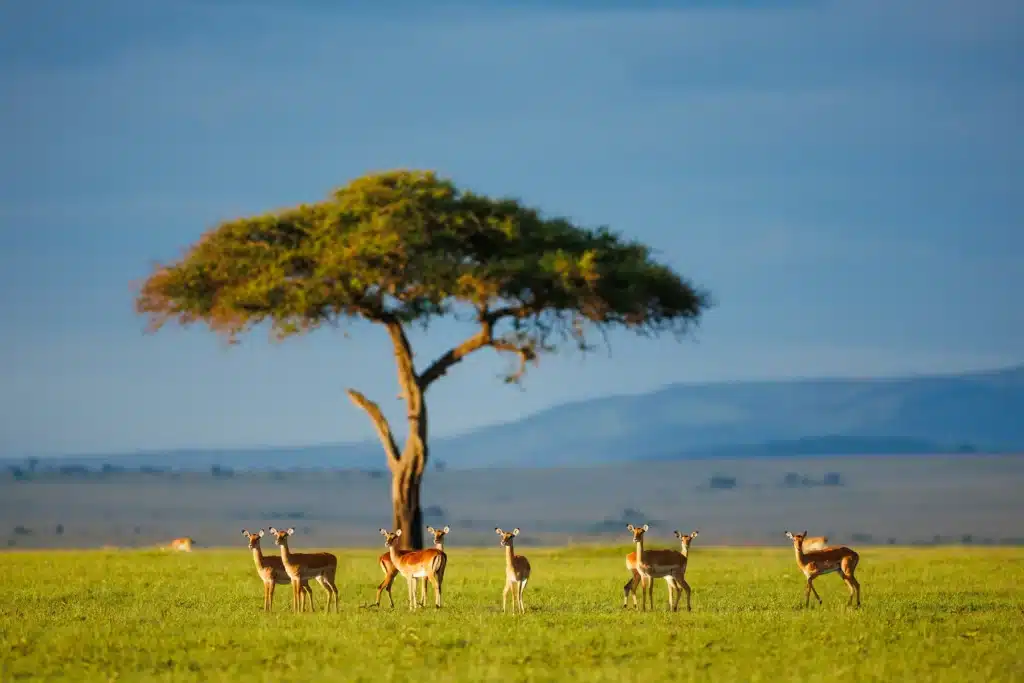
Antelopes are everywhere, sometimes blending into the grass, sometimes standing proud on a termite mound, and often doing the most to survive while barely getting a second glance from visitors. But once you start paying attention to them, it’s like unlocking a whole new layer of the Mara.
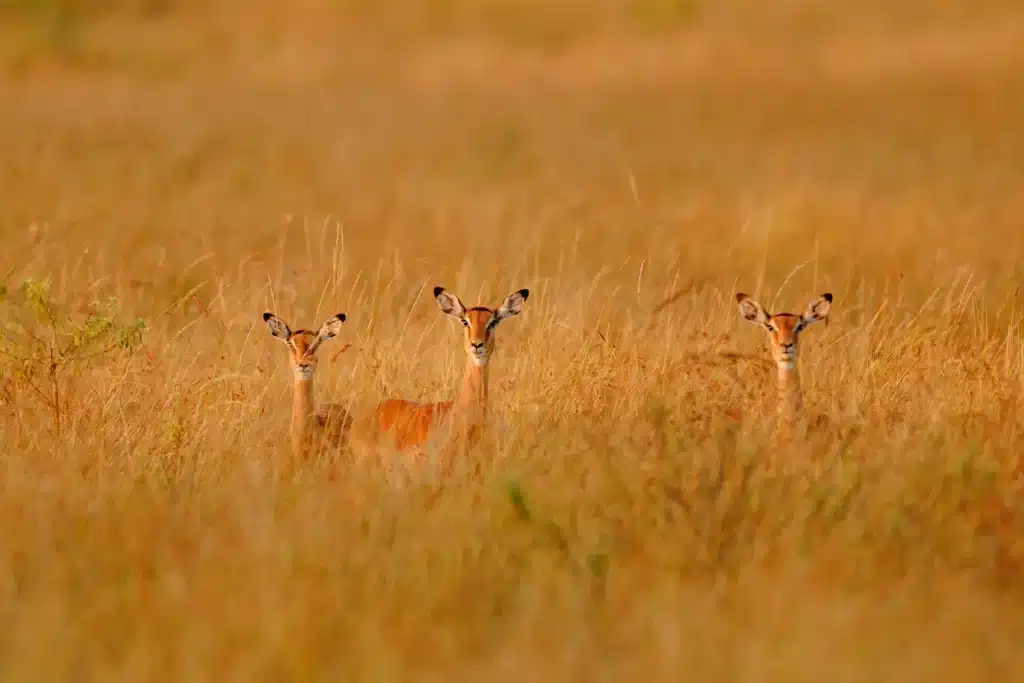
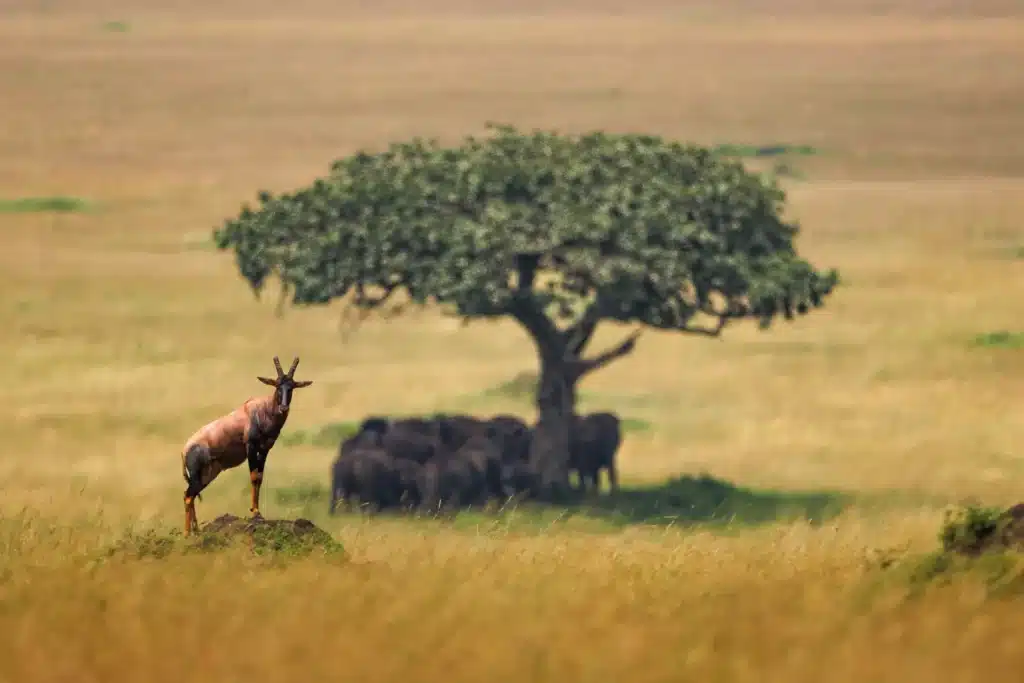
Take the impalas, for example. They’re basically the fashion models of the bush—elegant, perfectly groomed, wearing doll shoes, and always alert. Males with their lyre-shaped horns put on some serious attitude, guarding harems and fighting off rivals like it’s a full-time job (because for them, it is). And when danger shows up? They don’t just run, they leap with a dramatic, graceful flair that’s as beautiful as it is effective.
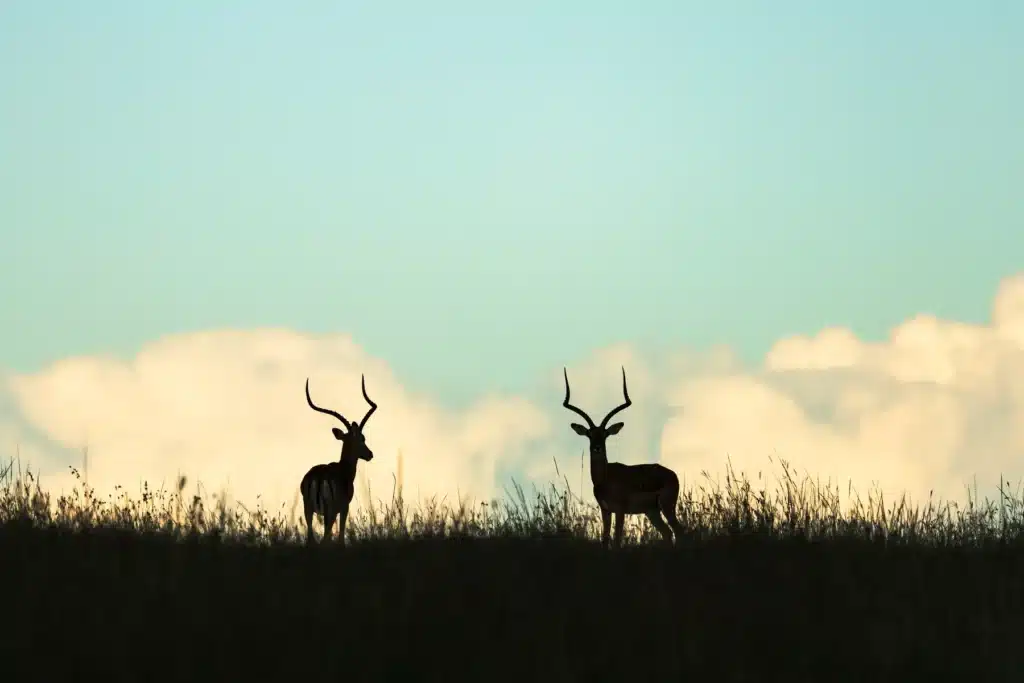
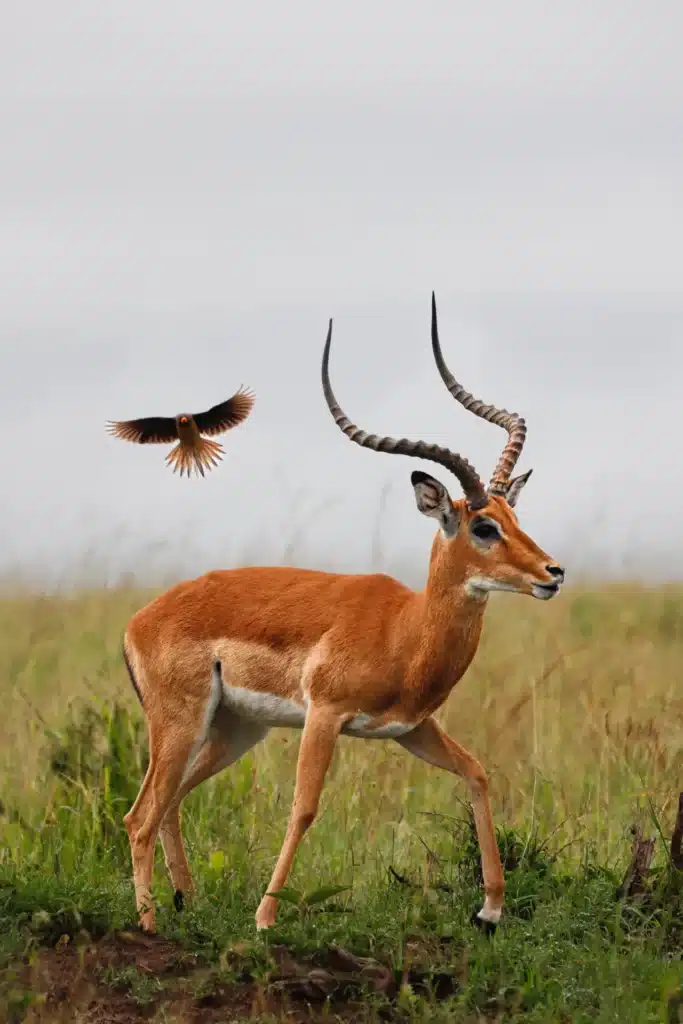
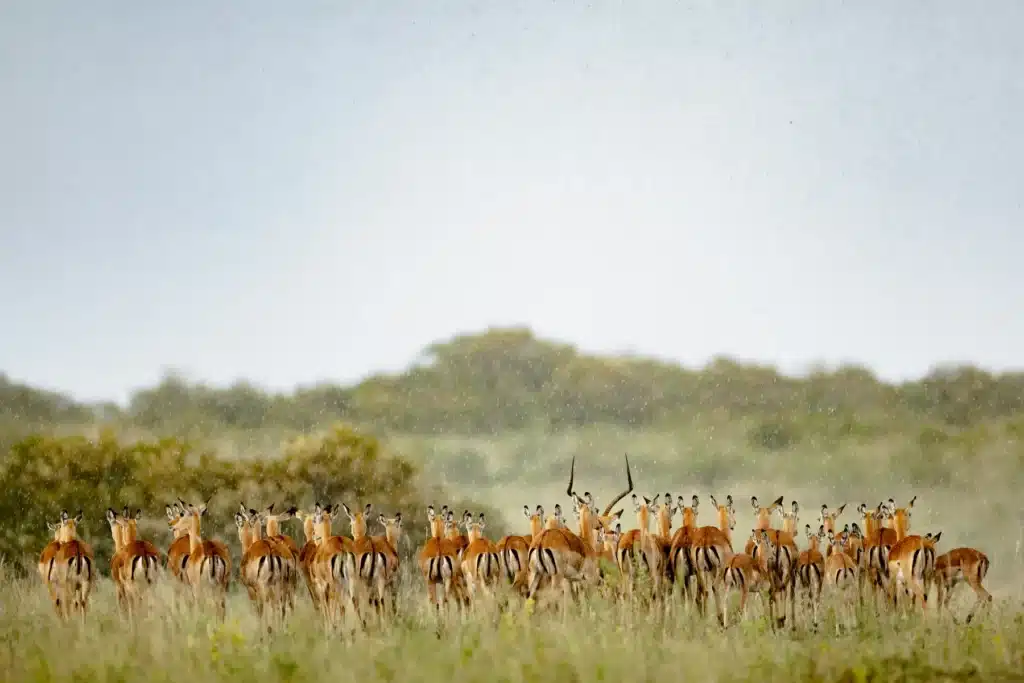
Next, we have the topis, whose physique resembles that of an Olympic athlete. With a reddish-brown hide that appears almost luminous in sunlight, observers often liken their look to that of an animal wearing blue jeans with yellow socks. The distance runners of the Mara, they are often seen standing like statues on a mound and scanning the horizon, completely owning the moment. What I love about topis is their remarkable stamina and spirited defence—they’re not only swift in sprints but also capable of evading predators across considerable distances. Even cheetahs and other cats tread carefully around topis, aware they might face a formidable challenge.
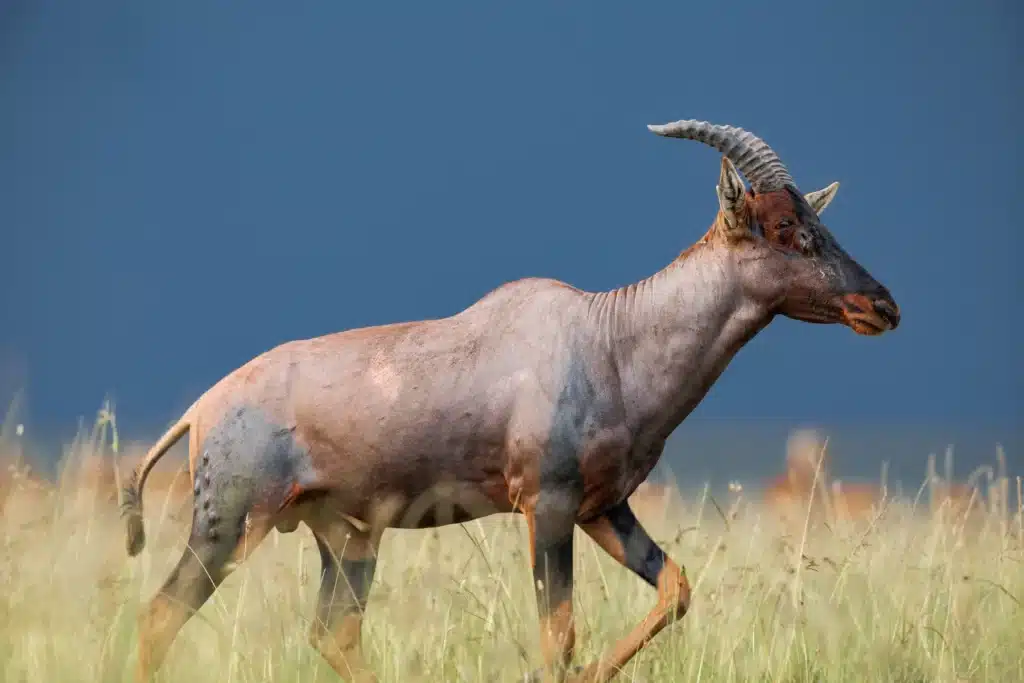
Now, let’s talk about the underdogs, the Thomson’s gazelle; they are small, skittish, and targeted by basically every predator out here. However, they are true survivors—fast, agile, and with an insane ability to zigzag mid-sprint. Tommies are like little bolts of lightning across the plains. If you’ve ever seen one pronk (that high, stiff-legged bounce) it’s basically their way of showing off and warning predators that they’re too fit to bother chasing.
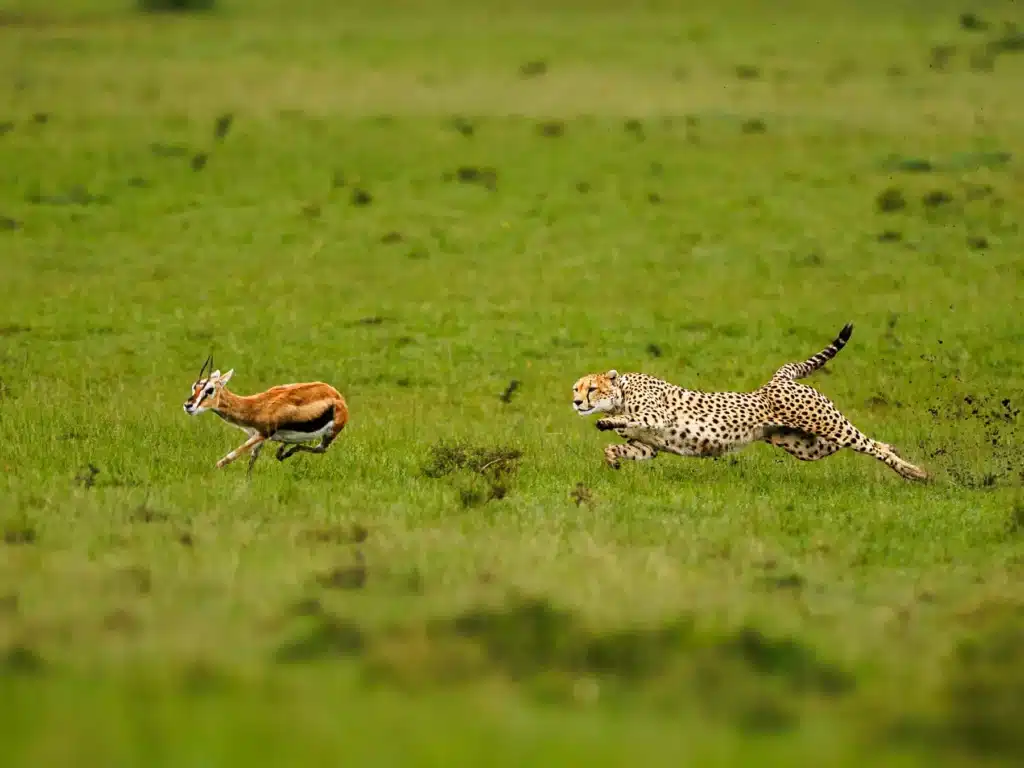
Often mistaken for Thomson’s gazelle, Grant’s gazelle are more elegant—taller, paler, with longer, swooping horns. They hang back from the drama, preferring quieter, drier spots. But don’t underestimate them, these guys are tough and can go long periods without water, making them perfect desert-edge survivors. I’ve always thought of them as the calm, classy cousins at a chaotic family reunion.
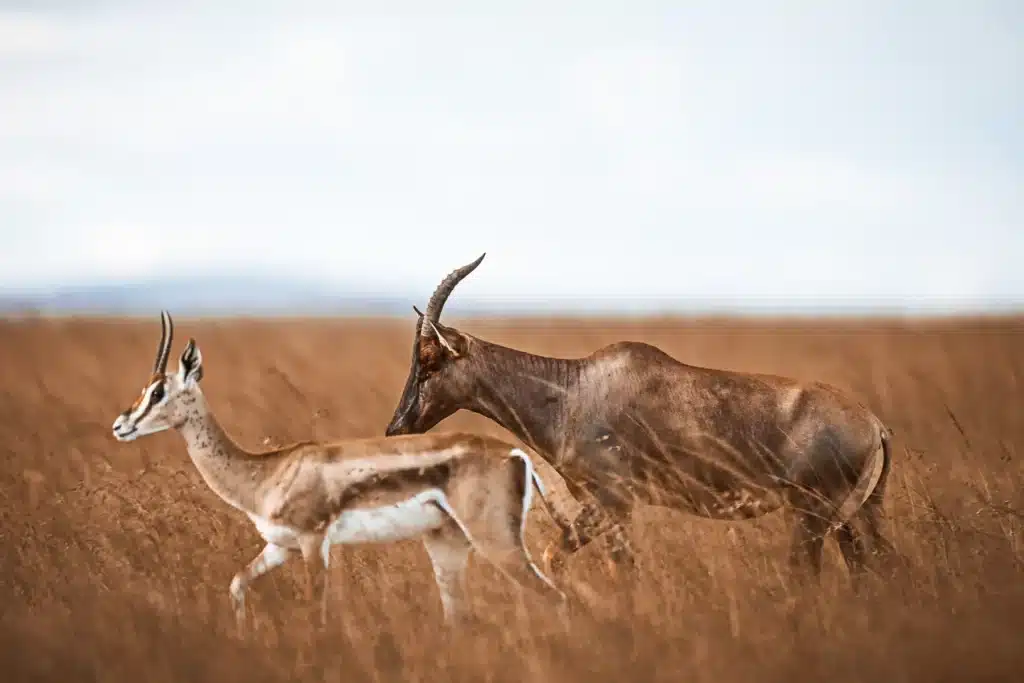
Then, towering above them all, we’ve got the gentle giants, the elands. They’re the largest antelopes in Africa, built like cows with the grace of something much lighter on their feet. They’re usually shy, but when they move, it’s surreal. Despite their size, they can clear a two-metre fence from a standstill. Imagine a fridge suddenly leaping over your garden wall—that’s the energy!
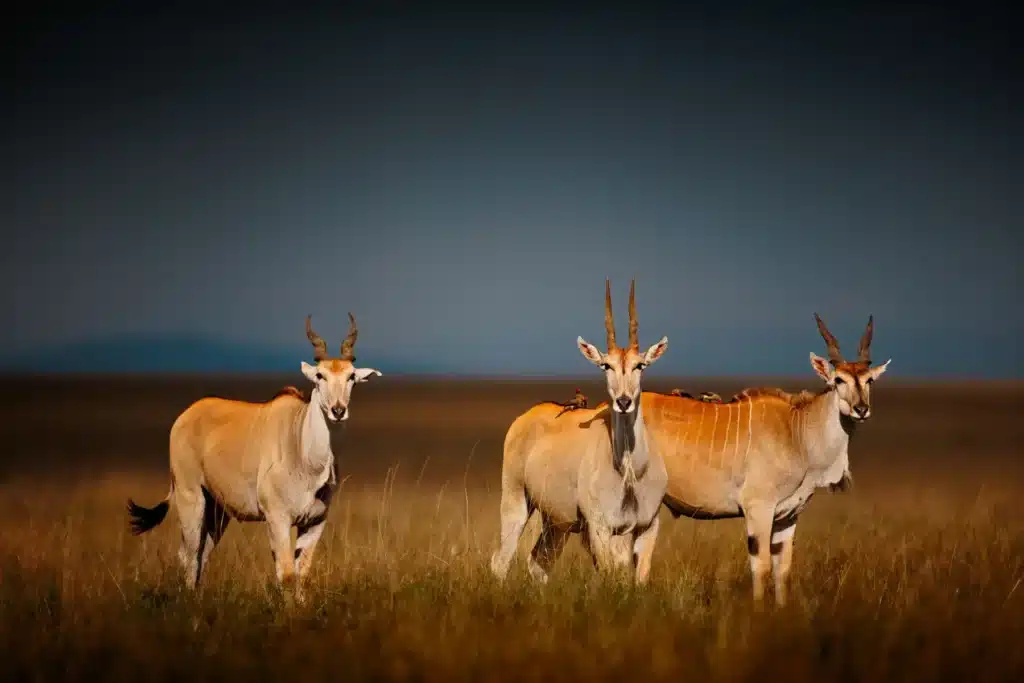
If you look closer—and I mean really look—you might spot the tiny guys: dik-diks, steenboks, and oribis (which are harder to spot compared to dik-diks). They’re elusive, quiet, and usually mate for life. You don’t see them often, but when you do, it’s always special. They live life on stealth mode, relying on camouflage and speed to stay one step ahead of danger.

Here’s the thing—without antelopes, the Mara wouldn’t function. They’re the lifeblood of this ecosystem. They feed predators but also shape the landscape by grazing, disperse seeds as they move, and influence where lions, leopards, and cheetahs go. Watching their behaviour often gives you a better sense of what’s really going on in the bush. They’ll spot a predator long before you do, and their reaction is usually your best clue that something is about to happen.
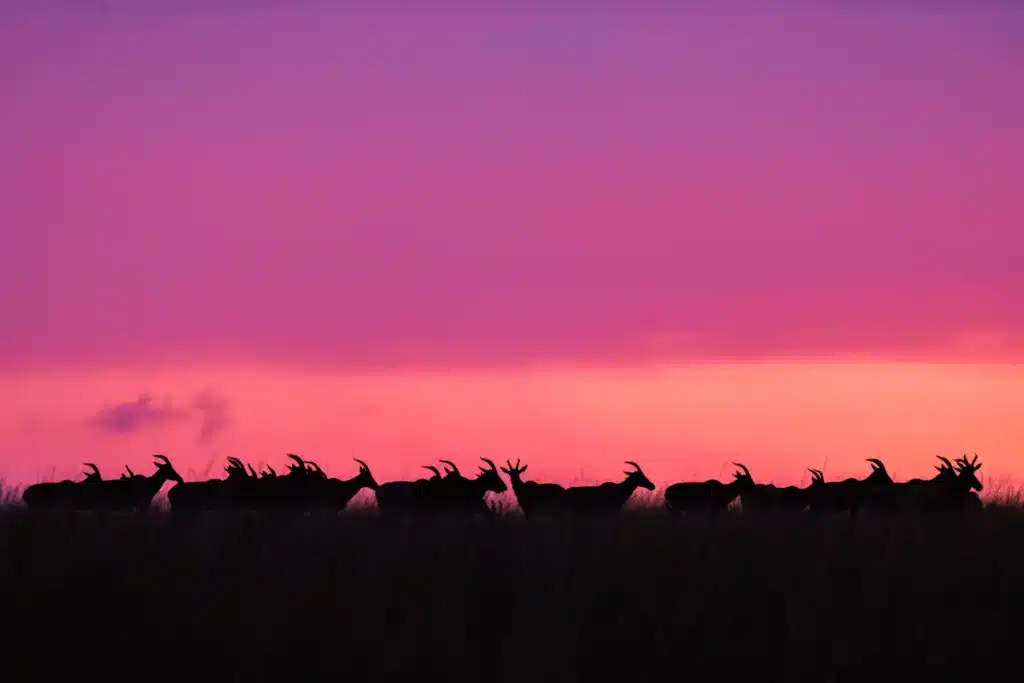
The next time you’re out on a game drive, don’t just scan for a lion in the grass or a cheetah on the mound. Watch the antelopes. Notice how they move, how they interact, how they listen to the land and how they follow the signs as we say at Ishara. There’s a rhythm to this place, and the antelopes are the ones setting the beat. They may not roar or make headlines, but out here, the antelopes are holding it all together.
Photo credits: Imara Njeri, Eric Averdung